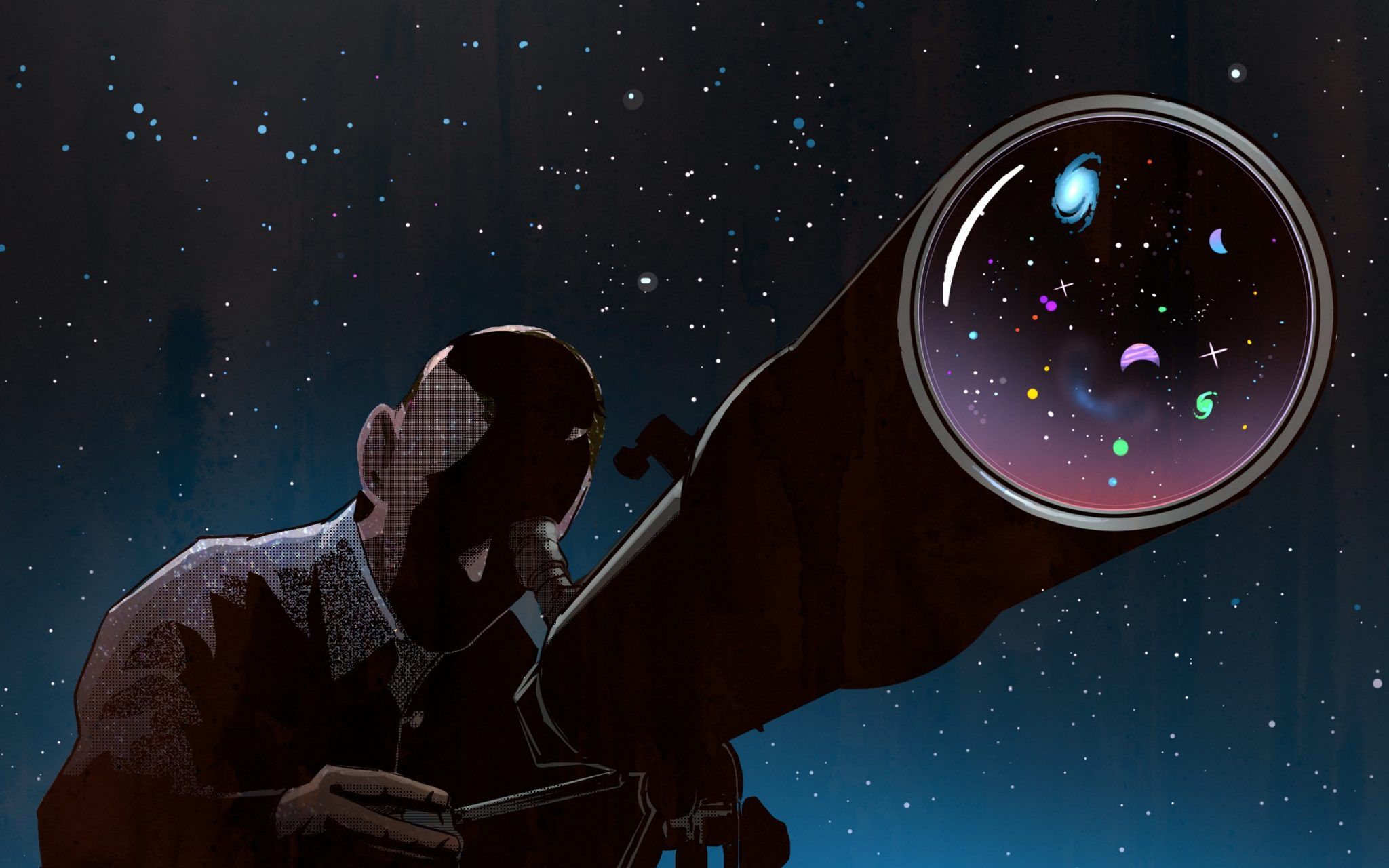Harvard Scientist Says Solar System is Full of ET Ships
Article by Berny Torre January 23, 2021 (dailystar.co.uk)
• In September 2017, a Hawaiian observatory using the highest definition telescope available detected an object traveling at 450,000mph from direction of the star, Vega, some 25 light-years away, which had entered our solar system. The elongated space object was dubbed “Oumuamua”, Hawaiian for “scout”. The object was studied by Harvard astronomy professor Avi Loeb (pictured above). Loeb noted that Oumuamua “showed an excess push away from the Sun, in addition to the Sun’s gravitational force acting on it”.
• Comets are known to swerve wildly away from the Sun due to evaporation, creating their distinctive tails. But no tail was seen on this object which instead accelerated smoothly from the Sun. Professor Loeb noted that Oumuamua’s change of speed suggested it lost about a tenth of its mass, which is quite a lot. “[W]e should have seen a very clear cloud of gas around it,” said Loeb. But they didn’t. Loeb’s conclusion was that the object was ‘powered’ by the light of the Sun. Therefore, the most rational explanation for Oumuamua was that it held alien technology. It was, in essence, an extraterrestrial craft.
• Professor Loeb has written a book called, Extraterrestrial: The First Sign of Intelligent Life Beyond Earth. In it, Loeb says that the space object shot past Earth before “moving swiftly toward the constellation Pegasus and the blackness beyond”. Given the odds of such an extraterrestrial object traveling through our solar system, Loeb surmises that “there should be one in every volume roughly the size of the orbit of the Earth around the Sun. …So it means that there are plenty of them, a quadrillion of them, inside the Oort cloud. Inside the solar system.” A quadrillion extraterrestrial spaceships within our solar system – with humans outnumbered 140,000 to one.
• Professor Loeb believes more spaceships like Oumuamua are on the way, close enough so that human technology should soon allow us to detect these objects every month.

A top Harvard astronomer says our Solar System could be filled with a quadrillion alien spaceships.
That’s one followed by 15 zeroes with humans outnumbered 140,000 to one.
Professor Avi Loeb reckons a space rock that visited Earth in 2017 was an alien – and believes more are on the way with a “quadrillion” similar objects within our Solar System alone.
The academic told the New Statesman that “there should be one in every volume roughly the size of the orbit of the Earth around the sun… it’s pretty small. So it means that there are plenty of them, a quadrillion of them, inside the Oort cloud. Inside the solar system. There are lots of them.”
Prof Loeb, who runs the Department of Astronomy at one of the world’s most prestigious universities, claimed an object travelled towards Earth’s solar system from the direction of Vega, some 25 light-years away, and intercepted our solar system’s orbital plane on September 6, 2017.
FAIR USE NOTICE: This page contains copyrighted material the use of which has not been specifically authorized by the copyright owner. ExoNews.org distributes this material for the purpose of news reporting, educational research, comment and criticism, constituting Fair Use under 17 U.S.C § 107. Please contact the Editor at ExoNews with any copyright issue.



